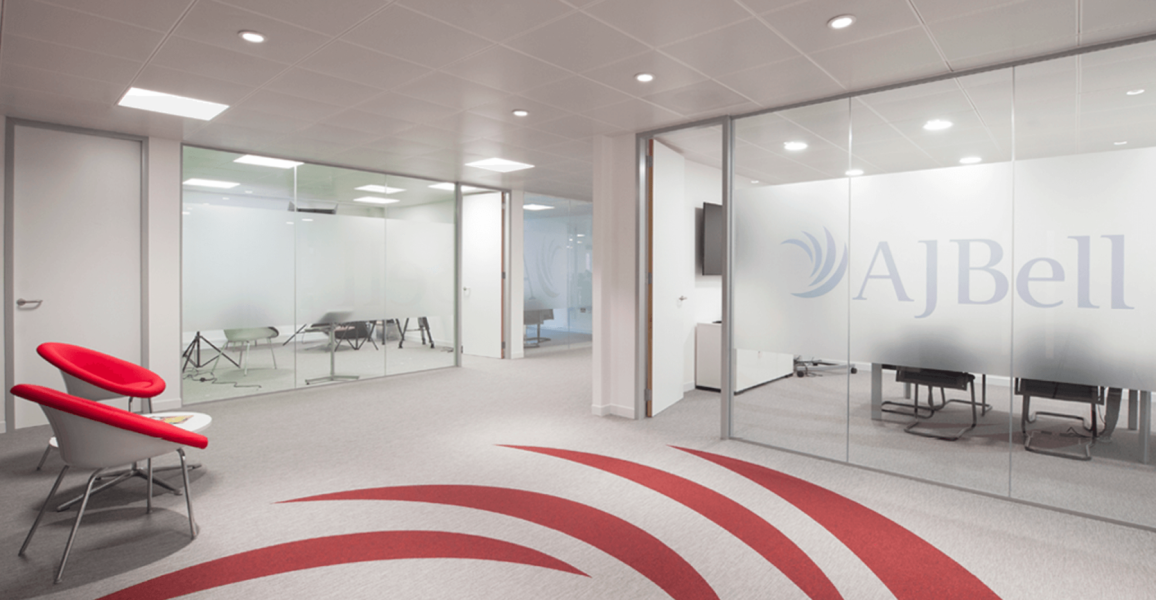Challenge
Airwallet’s mobile payments bypassed the need for coins or tokens. Nearly overnight the customer experience in laundrettes across Denmark changed for the better. The company had ambitions to expand overseas but its local payments provider didn’t accept international payment methods like Bancontact, iDEAL, or giropay – the preferred payment methods in Belgium, the Netherlands, and Germany, respectively. In fact, each new territory meant implementing a new payment method, not to mention meeting compliance requirements. Airwallet needed to add new payment methods quickly and nimbly, without monopolising developer time – so it could focus on creating value for its customers instead.
Solution
After speaking to several companies, Airwallet decided to plug into Stripe’s full financial infrastructure in order to scale its business with speed and flexibility.
“We chose Stripe because it has the best documentation,” says Airwallet CEO and co-founder Christian B. Mortensen, “and we could implement Stripe Connect, iDEAL, and Bancontact from day one.”
On top of that, Stripe offered their “platform-as-a-service” right from the start, whereas other companies wouldn’t grant Airwallet access unless it tripled its transaction volume. That meant Airwallet could rely on Stripe’s platform to offer local payment methods and solve compliance issues as it entered new territories.
Easy to implement
The whole process was quick, which freed up precious developer resources. As a startup with just two developers at the time of integration, Stripe competitors estimated between two and three months for implementation time. With Stripe, it was just two weeks.
“Our developers were just super hyped about how easy the documentation was,” says Mortensen.
New features
Implementing Stripe also gave Airwallet access to Stripe Billing, which unlocked three different billing plans for customers to choose from, as well as a subscription model that laundromat owners could use to reward loyal customers.
Other Stripe products made it easy to innovate and trial new ideas too. Using Stripe Terminal, for instance, meant Airwallet could expand payment options beyond its mobile app and build a physical product called Anton, a product that enabled contactless payments in laundrettes.
“If we want to test something out or build something new,” says Mortensen, “we just find this great feature in Stripe we can use. And suddenly we’re already 50% done.”
Results
For a startup like Airwallet, efficiency and time-to-market are crucial for success. The release of Anton, a contactless point-of-sale product built with Stripe Terminal, delivered a 30%–40% increase in revenue almost overnight for Airwallet.
Stripe has also allowed Airwallet to open up new markets, expanding into 19 new countries without having to write a single line of code.
And when it comes to adding value for customers, laundrette owners saw revenue go up by 25%–30% when they offered customers a subscription model powered by Airwallet and Stripe Billing. Stripe’s API and simple Dashboard also mean that 99% of troubleshooting issues can be solved either by Airwallet or by the laundrette owners themselves.
Stripe is light years ahead. It doesn’t take more than a couple of hours working with the technology to realise that.

